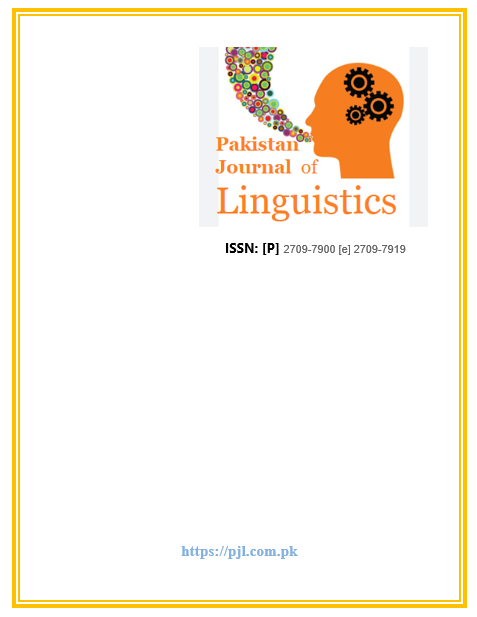TEACHING ENGLISH AS A SECOND LANGUAGE: KEY CHALLENGES AND INSTRUCTIONAL APPROACHES
Keywords:
ESL Teaching, Teacher Training, Learner Motivation, Communicative Approaches, Socio-Cultural Barriers, Learner-Centered PedagogyAbstract
This study explores the challenges and strategies in teaching English as a second language (ESL) at the secondary level, considering both teacher and student perspectives. Using a qualitative design, data were collected through semi-structured interviews and classroom observations in selected schools. Findings reveal persistent challenges, including limited teacher training, outdated instructional practices, overcrowded classrooms, inadequate resources, learner anxiety, and socio-cultural barriers. Despite these constraints, teachers often adopt innovative, low-cost strategies and adapt communicative approaches to their contexts. The study also highlights disparities in technology access and the role of community attitudes in shaping learning outcomes. Learner motivation emerged as closely tied to classroom support and future aspirations. The results suggest that effective ESL instruction requires learner-centered pedagogy, ongoing teacher development, and inclusive educational policies. This research contributes practical insights for educators, policymakers, and curriculum developers working to improve English language teaching in multilingual and resource-limited environments.




